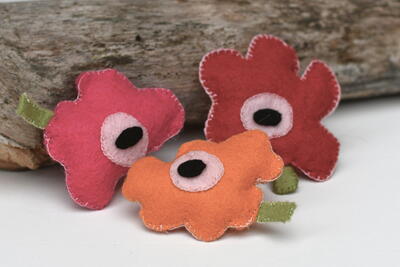Correct Posture for Sewing: Tips for Sewing Wellness
Sewing ergonomics is so important for those of us who spend hours quilting or sewing. These tips will help you work more efficiently and with less pain.
Quilting and sewing can put unnecessary strain on our neck and shoulders, but having the correct posture for sewing can help eliminate the aches and pains. Are you sitting tall and opening your body, or are you a sloucher too?
I don't know about you, but I plan on quilting until they carry me out of here and prise the rotary cutter from my hand. We look after our fabric, our machines, and our tools, but how well do we care for our posture or our bodies while we're quilting?
Last year I injured my shoulder trying to disengage the paddle from my Kitchenaid mixer - that sucker was stuck so hard and nothing would make it budge! I tried to ignore the ache and treated my shoulder with creams and heat packs - there was a wedding to organize after all and I couldn't afford to be out of action!
Some days were pure agony and others day I experienced mild discomfort, but I'm sure I did more damage by not addressing the issue promptly.
Once life calmed down, I sort help and my shoulder began to heal with proper care. I was introduced to the art of gentle stretching and massage, and I was forced to take a good hard look at my posture while going about my normal activities, like quilting - it was bad, I was the Queen of Slouch!
Let me share a few of the things I've learned and some tips to help you maintain good posture:
Why is Posture Important?
Our posture plays an important role in maintaining our spine health and our joint and muscle function, and over time you will see an improvement in how you feel if you practice good posture. I've spent the last few months making changes to how I sew/work and my shoulder has healed.
Static Posture
There are two types of posture - static (sitting, standing, and sleeping) and dynamic (walking, running, exercising). Bad static posture can cause everything from neck and back pain to poor digestion and difficulty breathing, and over time it will decrease our flexibility.
Our spines have three natural curves and good posture involves keeping the head above the shoulders and the top of the shoulders over the hips. Slouching can cause our vital organs to compress and it restricts our blood circulation.
It puts pressure on our necks causing headaches, and it increases our risk of injury. When we sit tall, we expand our lungs and breathe easier, improving our mood and bringing calm to our bodies.
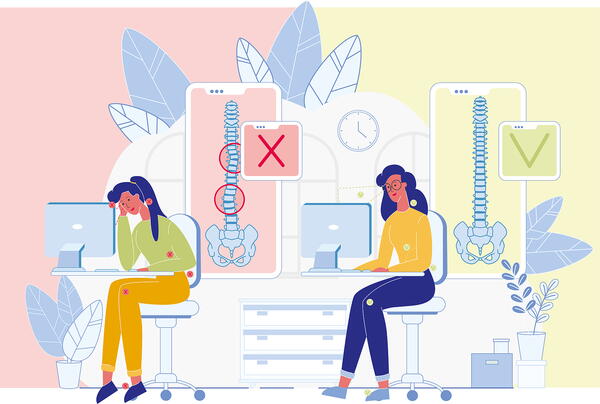
What is the Best Height for a Sewing Table and Chair?
The most obvious place to start correcting your sewing posture is the height of your sewing chair and table. This simple adjustment made a whole lot of difference to this slouching queen.
Begin by sitting upright and open, head above shoulders, elbows in and feet flat on the floor, and adjust either the table or the chair until you can maintain that position and sew comfortably.
The best height for a sewing table is around 28 to 30 inches tall, but it depends on your height and chair. There are also adjustable tables that allow you to work sitting or standing at the height that's comfortable for you.
The best height for a sewing chair varies, but, like tables, many sewing chairs are adjustable. Most range from 18 to 35 inches tall. Not only do your feet need to touch the ground, but you'll want to make sure that you can easily reach the foot pedal
Standing to sew is becoming a popular trend - it feels awkward or foreign to me, but it may be beneficial to you. Ensure your table is at the correct height and stand tall, no slouching or leaning into one hip, so you can sew while maintaining good posture.
Other Ways to Maintain Good Posture While Sewing
Good Lighting
Good lighting helps with your sewing posture as well - it's instinct to slouch forward when you can't see what you're sewing. We're not sewing with our noses, so choose a spot with good natural light or invest in some LED light strips or overhead lighting to brighten things up and maintain good posture.
You'll also put less strain on your eyes, which is just as important for any sort of work, not just sewing and quilting.
Take Breaks
Take regular breaks! Our bodies are built to move and sitting for too long can restrict our circulation and affect the movement of our joints. Alternate between tasks so you're moving around your sewing room regularly and stretching out those muscles.
I no longer sew all the HST's together and then trim all the HST's together and then press all the HST's together - I split them into smaller groups and sew, trim, press and repeat! I'm sitting or standing for shorter lengths of time and moving between tasks more!
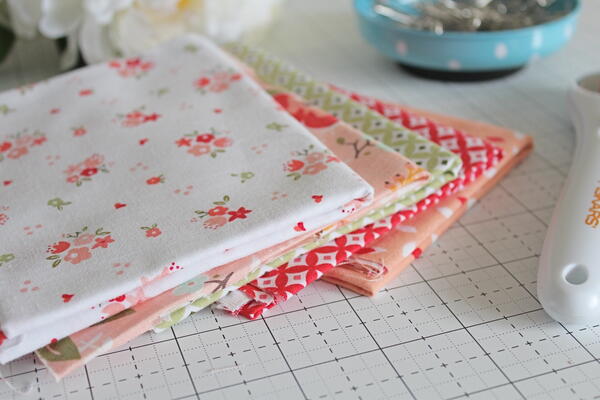
What to Remember While Sitting and Sewing
As you're sewing, be conscious of your posture and regularly readjust. It's easy to slide back into bad habits that feel familiar, and it takes time to retrain your brain.
Set a timer to remind yourself to check your sitting position or to switch tasks and move that body! I play music while I sew, so the end of every song is my reminder to adjust my posture or move. It can be as simple as a stretch or go crazy and invent a whole new dance move - I'm sure no one is watching!
It's also important to relax the body as you're sewing. Stop and look at where you hold the stress or tension in your body. For me, it was my jaw and shoulders. I was gritting my teeth as I quilted, and I held my shoulders high and tight while I sewed. Relax often and shake out that tension regularly!
Things to remember while sitting and sewing:
- sit tall to open the body and relieve pressure on your vital organs
- keep your head over your shoulders
- move, move, move!
- relax the shoulders (and relax the jaw)
- gently stretch those muscles
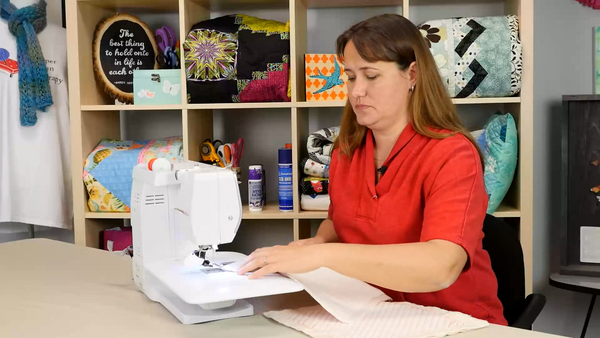
What to Remember While Standing and Cutting/Pressing
We also spend a lot of time standing at the cutting table and the ironing station. My comfortable stance while cutting and pressing was to rest into one hip, kinda like I was holding a baby - I do it while I cook as well! I wasn't aware I was standing this way until I stopped and took notice of my posture.
To stand correctly, your feet must be shoulder-width apart with your weight on the balls of your feet. Stand straight and tall and don't slouch while cutting and trimming. Make sure your cutting table is at a height that you can maintain this position, and change tasks regularly so you're not standing and cutting for hours on end - it's not good for you, so switch it up!
Another problem I identified was the grip I held on the ruler as I cut. My cutting mat is a little slippery and I found I had to hold the ruler hard as I was cutting/trimming, so nothing moved - this was putting immense pressure on my shoulder! By adding a non-slip coating to the back of all of my rulers, I found I had more control and there is less need to vice grip the ruler as I cut. Try it, it really works!
Things to remember while standing and cutting/pressing/prepping:
- stand straight, feet shoulder-width apart
- relax the shoulders
- weight on balls of your feet
- shake it out to increase circulation
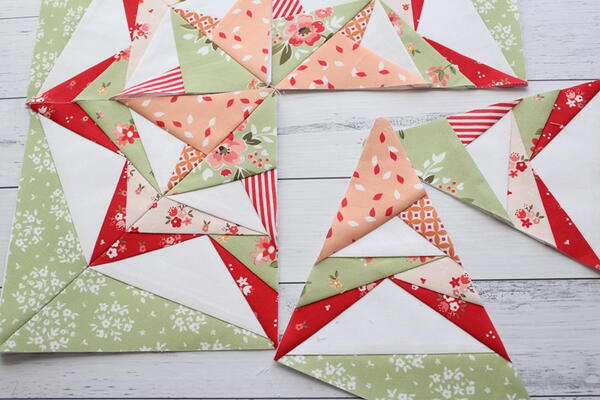
What to Remember While Working at the Computer
A lot of my time is spent at the computer writing blog posts, designing and writing patterns, and editing photos. I found I was slouching further and further as I typed and leaning in to see things on the screen (like adding arrows to diagrams or making sure there's no blur in a photo). A day at the computer meant a night of shoulder pain for me, so things had to change.
Hubby suggested raising my laptop off the table and adding a separate keyboard so the screen is at eye height and the second keyboard is comfortably flat on the table. It's made a huge difference! I'm not slouching, there's less pressure on my neck and shoulders and I can maintain a good static posture while I work.
I also changed my computer chair and found one that supports my back, and I make sure I move regularly, hydrate lots, and stretch those muscles to relax my body.
Conclusion
While my shoulder injury was irritating and caused me great discomfort, the recovery process made me address my posture issues while quilting. Making adjustments to how I worked assisted in the healing and being more aware of my posture will enable me to continue quilting for years to come without putting unnecessary strain on my body.
Being in my fifties makes me acutely aware that things don't work as they did in my twenties, so I have to take the best care of me that I can. It's never too late to start - make changes today that will make a difference tomorrow!
The next time you're at the machine, stop for a minute and check your posture! Make adjustments to how you sew and pay attention to where you hold tension and release and relax! Stay hydrated and breathe deeply and easily - your body will thank you for checking in!
Happy quilting!
Want More?
Sewing Inspiration:
How to Reignite the Creative Spark >>
How do you avoid fatigue while sewing?
Let us know in the comment section!
Read NextHow to Fix Runs in Tights

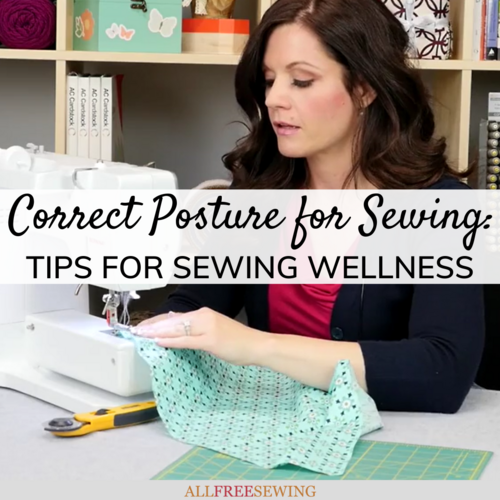
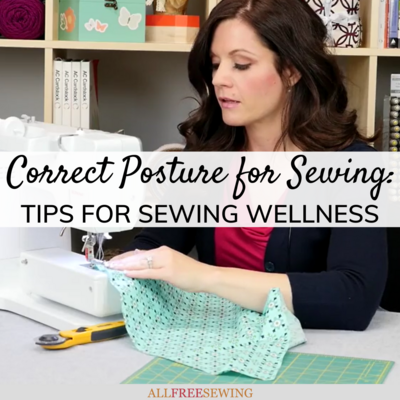
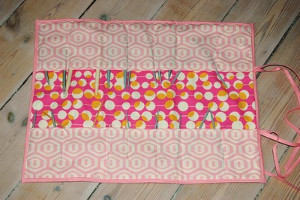

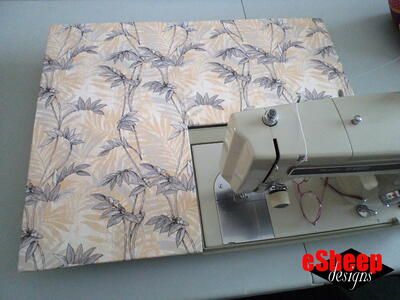
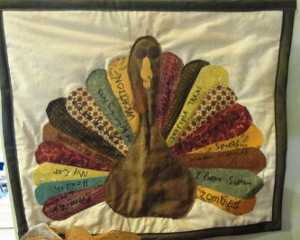
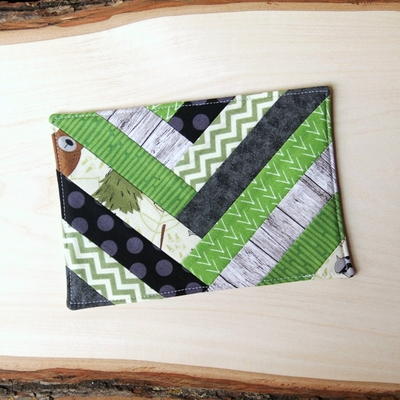
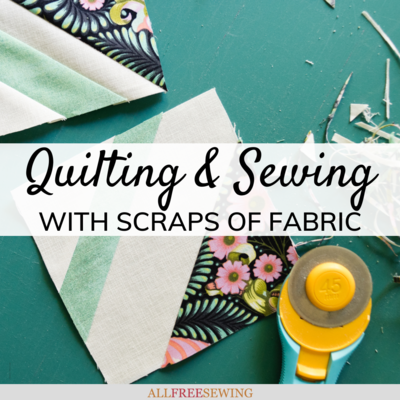

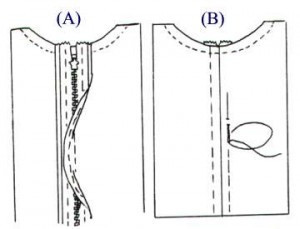
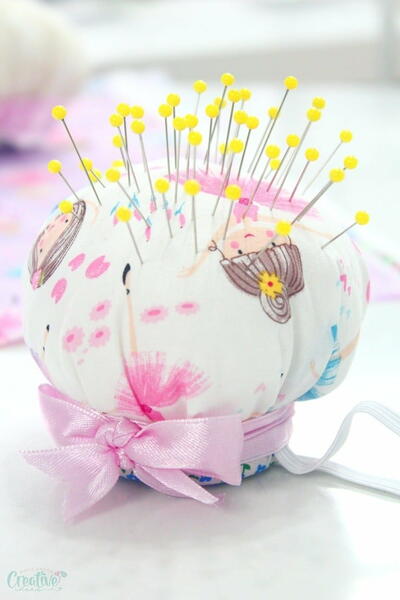
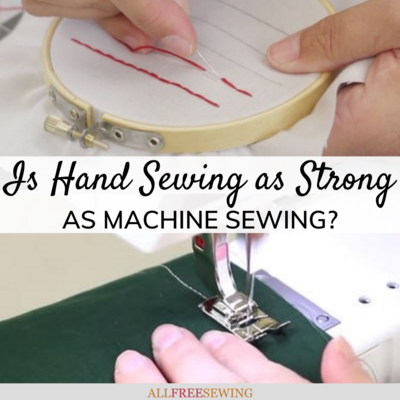

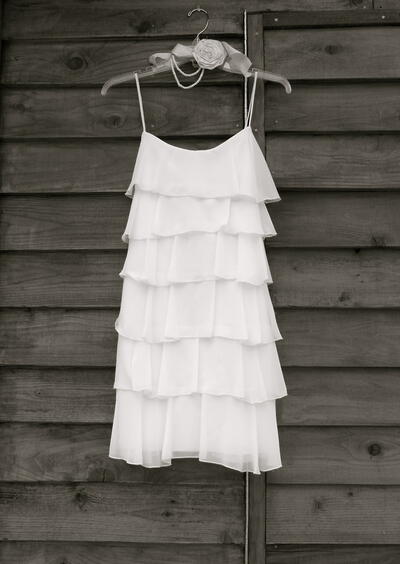
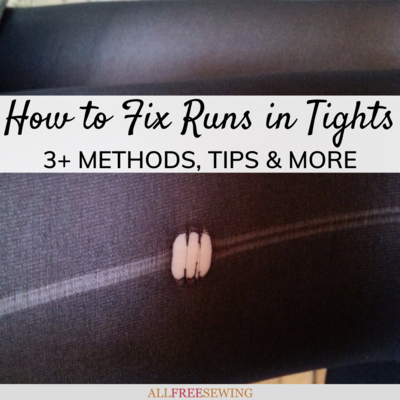

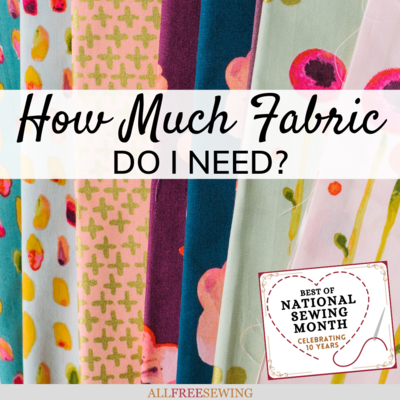
![Know Your Skirts Guide [Infographic]](http://irepo.primecp.com/2021/10/509029/Know-Your-Skirts-Infographic-square21-nw_Large400_ID-4536247.png?v=4536247)



